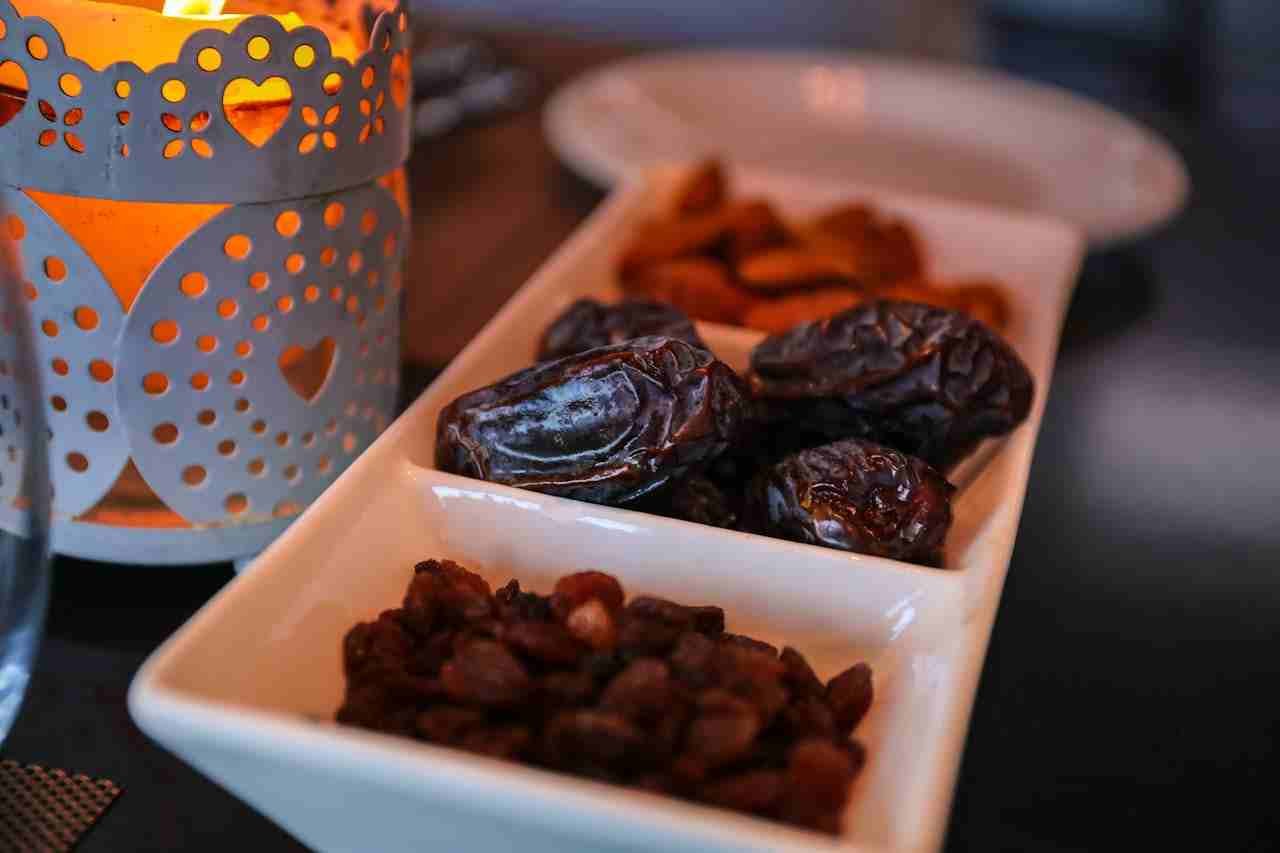In the rich tapestry of Middle Eastern cuisine, Saudi desserts stand out for their unique flavors, ingredients, and cultural significance. Among the most cherished ingredients in the realm of Saudi sweets are dates and figs. Both fruits, with their deep historical roots and nutritional benefits, have been essential to the diet of the region for centuries. But how do they compare, and how are they utilized in the creation of delectable Saudi desserts? Let’s embark on a sweet journey through the world of dates and figs.
The Sweet Legacy of Dates and Figs
Dates, the sweet, chewy fruit harvested from the date palm tree, have been a staple in Middle Eastern diets for over 7,000 years. They are highly versatile, enjoyed fresh or dried, and are integral to many traditional Saudi dishes, both savory and sweet. Dates are not only revered for their delicious taste but also for their cultural significance, often being the first food to break the fast during Ramadan.
Figs, on the other hand, offer a different texture and flavor profile. These lusciously sweet fruits, when dried, develop a rich, jammy quality that is both distinct and comforting. Figs have been cultivated since ancient times and, like dates, hold significant cultural and health-related value in the region.
Nutritional Showdown: Dates vs. Figs
Before we dive into the desserts, let’s briefly compare the nutritional aspects of dates vs figs. Both fruits are high in fiber, which aids in digestion and promotes a feeling of fullness. Dates are an excellent source of natural sugars, making them a quick energy booster. They are also rich in minerals such as potassium, magnesium, and copper.
Figs, while also sweet, have a slightly lower sugar content than dates and are an excellent source of calcium, making them beneficial for bone health. They also provide a good amount of vitamins A and K, contributing to vision and blood health, respectively.
Diving into Saudi Desserts and Sweets
Saudi cuisine celebrates both dates and figs in various forms, from simple, everyday snacks to elaborate desserts prepared for special occasions. Let’s explore how each fruit is featured in Saudi sweets.
Date-Infused Delights
One cannot talk about Saudi desserts without mentioning Al-Khurma, a traditional date-filled pastry. This delightful sweet combines the natural sweetness of dates with the rich, buttery texture of pastry dough, often flavored with cardamom and saffron for that extra layer of taste.
Another popular treat is Ma’amoul, shortbread pastries filled with a sweet date paste. These are especially popular during religious festivals like Eid. The process of making Ma’amoul is often a family affair, with intricate molds used to create beautiful, detailed patterns on the pastries.
Fig Fantasies
Figs make their appearance in Saudi cuisine in both fresh and dried forms. Kunafa, a well-known Middle Eastern dessert, is sometimes innovatively served with a filling of figs, marrying the crispy, golden threads of dough with the soft, sweet fruit.
Dried figs are also commonly used in Halqum, a Turkish delight-like confectionary that is popular in Saudi Arabia. Here, figs are combined with nuts and other dried fruits, then coated in a dusting of powdered sugar, creating a chewy, sweet treat that’s irresistible.
Fusion Desserts: Where Dates and Figs Meet
Some Saudi sweets creatively combine dates and figs, offering the best of both worlds. Um Ali, a comforting bread pudding dessert, can be enhanced with both dates and figs, along with nuts and coconut, soaked in a sweet milk mixture and baked until golden and bubbly. This dish showcases how well these fruits can complement each other, providing depth and complexity to the flavors.
Crafting Your Own Saudi-Inspired Sweets
Inspired to try your hand at making some Saudi-inspired desserts featuring dates and figs? Here are a few tips to get you started:
- Selecting Your Fruit: For recipes requiring dates, look for Medjool dates for their sweetness and texture. When using figs, choose ones that are soft, but not too hard or too mushy.
- Soaking: Dried figs can benefit from soaking in warm water for a few minutes to soften them up, making them easier to chop or blend into recipes.
- Experiment: Don’t be afraid to experiment by adding dates or figs to your favorite desserts, like muffins, cakes, or ice creams, for a Middle Eastern twist.
Conclusion
Dates and figs, each with their distinct flavors and textures, are cornerstones of Saudi desserts and sweets, contributing not only taste but also nutritional benefits. Whether enjoyed in their simplest form or as part of an elaborate dessert, these fruits are a testament to the rich culinary heritage of Saudi Arabia. As we’ve seen, the possibilities are endless when it comes to incorporating dates and figs into sweets, and the exploration of these flavors can lead to some truly delightful culinary adventures. So, why not let your taste buds travel and dive into the sweet world of Saudi-inspired desserts today?

